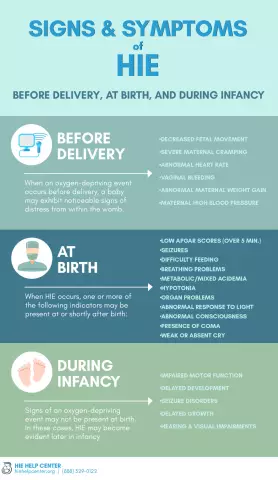- Author Curtis Blomfield [email protected].
- Public 2023-12-16 20:44.
- Last modified 2025-01-23 17:01.
Spongiform encephalopathy, or, as it is popularly called, mad cow disease, is a disease that affects cattle. The disease manifests itself with signs of aggression, paralysis of the limbs, photophobia, which is quite similar to the usual rabies of mammals. There is an opinion that mad cow disease is dangerous for humans. Bovine encephalopathy is common in England, but a few cases have been reported elsewhere in Europe.
Infectious agent

Until now, scientists around the world cannot figure out what actually causes mad cow disease. Numerous studies do not confirm the viral or bacterial nature of this disease in cattle. Most researchers are inclined to think that an abnormal prion protein, which has a violation in its structure, plays a huge role in the development of the disease.
It is also well known that the causative agent of cowrabies can withstand boiling for three hours, is not at all "afraid" of disinfection and can be stored for years in a dried state or at sub-zero temperatures.
The pathogen causes degenerative changes in the brain, as a result of which it collapses and turns into something resembling a sponge. Hence the disease got its name "spongiform encephalopathy".
What is the source of infection?

Scientists have come to the conclusion that the infection of cows occurs as a result of feeding them meat and bone meal obtained from sheep with scrapie. This disease in small cattle is known to cause profound changes in the central nervous system, leading to paralysis and exhaustion.
As with bovine spongiform encephalopathy, the nature of the causative agent of scrapie is not fully understood.
Transmission of the infectious agent through the air, or aerogenic route, has not been confirmed.
Mad Cow Disease: Signs

The incubation, or latent, period of the disease can last from a year to several years. Symptoms of spongiform encephalopathy are:
- wobbly gait;
- perversion or lack of appetite, refusal to feed;
- convulsions;
- paralysis of limbs;
- progressive exhaustion;
- decrease in productivity.
Mad cow disease can also manifest itself in a violent form. In this case, during periods of seizures, the animal begins to break loose from the leash, roar loudly, rush toobstacles, dig the ground with horns. Aggressiveness can be strongly expressed, it is especially pronounced when the animal enters a limited or narrow space.
How is mad cow disease diagnosed?
Diagnosis is first based on clinical symptoms and epidemiological data. The brains of fallen animals are sent to the veterinary laboratory.
In turn, the main work of veterinary laboratory assistants is to detect changes in the sent material that are characteristic of bovine spongiform encephalopathy. Treatment not developed.
Danger to humans
Most scientists tend to believe that people who have eaten the meat of cows infected with spongiform encephalopathy are at risk. Even if today they do not show any signs of illness or degenerative changes in the brain, no one guarantees that in 20-30 years the disease will not make itself felt.






